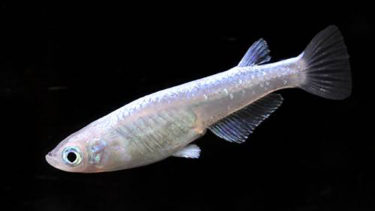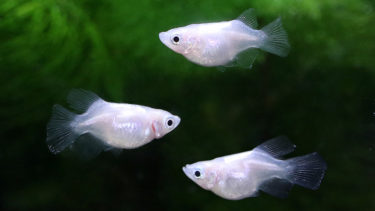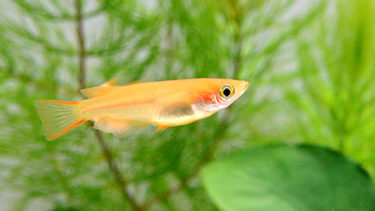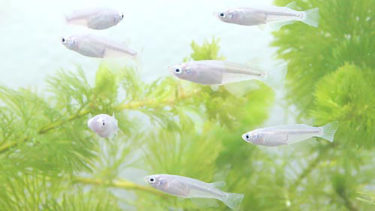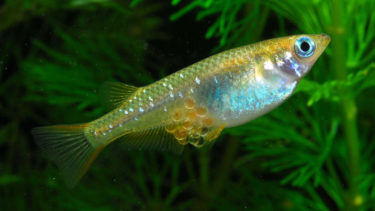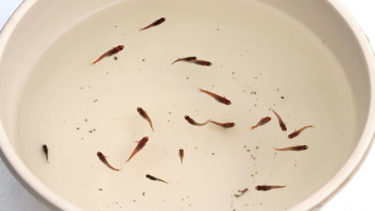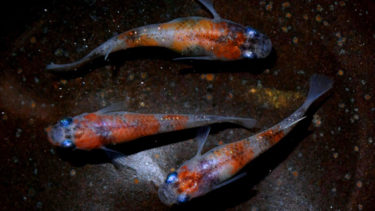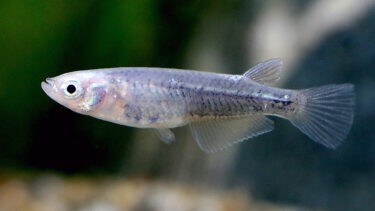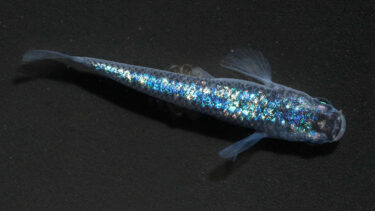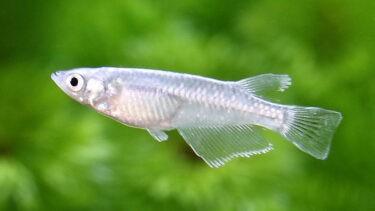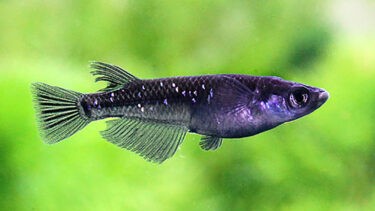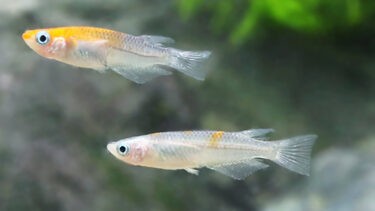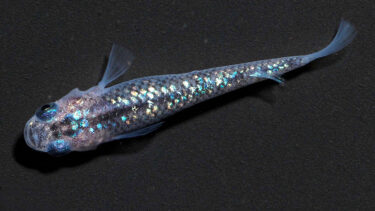As the name suggests, the long-fin killifish has longer fins than normal killifish. In the case of killifish, even just having long fins makes a big difference in the impression. In this article, we would like to explain in detail the characteristics of the blue killifish and how to keep it.
What is Hirelong killifish?

As the name suggests, the long-fin killifish has longer fins than normal killifish. In the case of killifish, even having long fins makes a big difference in the impression of the killifish.Then there are species with beautiful gradations on each fin, which are extremely beautiful and popular with both men and women alike. Thanks to the research and breeding efforts of killifish lovers all over Japan, many different species of long-fin killifish have been created. For example, the different types vary in terms of fin length, lengthening fins, and fin shape.
The Mikan-no-Medaka is a killifish with a bright blue glow on its back. There are various types of "Mikan-no-Medaka," including individuals whose body color is like that of blue killifish and white killifish. In this article, I would like to explain in detail the characteristics of these blue killifish and how to keep them. [...].
The dharma killifish has a small number of backbones and its body length is only about two-thirds or half that of a normal killifish. The dharma killifish has become even more popular in recent years. In this article, I would like to explain in detail the characteristics of the Dharma killifish and how to keep it [...].
What is Matsui Hirecho?
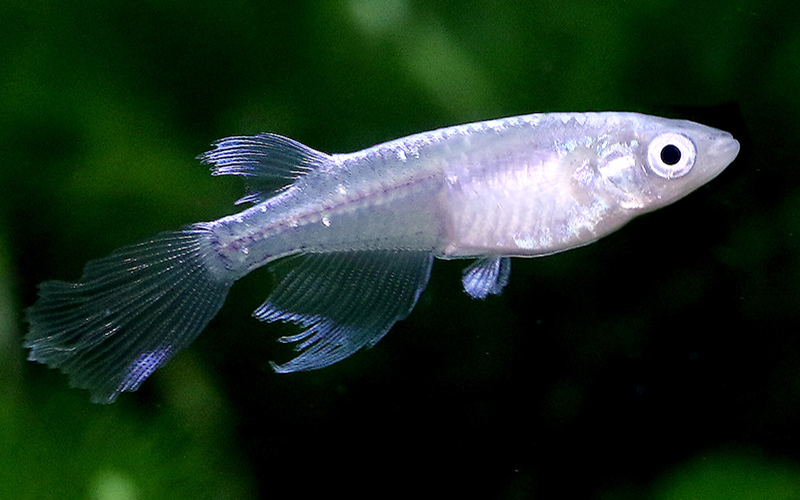
The Matsui finch is a killifish that was created by Katsujiro Matsui of Matsui Fish Farm, located in Nagasu-cho, Tamana-gun, Kumamoto Prefecture, Japan. The characteristic of Matsui's fins is that the caudal fin is long and fan-shaped, and the dorsal and anal fins are also long and fan-shaped.The name is derived from the fin length that Mr. Matsui appeared to have. The Matsui fin length differs from other fin length killifish in that the entire fin is long and elongated. Compared to other species, many individuals have long, straight extensions from the base to the tip. With other species, the fin becomes thinner as it goes to the tip, and so on. Matsui fin length, however, is not like that. When it swims, its fins sway smoothly, which is a beauty that other species cannot produce. This makes it the most popular type of long-finned killifish. Some specialty stores sell them as "Tennyo no Mai.
The Yang's killifish will be a vermilion-red killifish. While the scarlet killifish has a yellowish-orange body color, the Yang-Pei killifish has a reddish-orange body color. In this article, I would like to explain in detail the characteristics of the Yang's killifish and how to keep it. The Yang [...].
Blue killifish are, as the name suggests, blue. However, among the blue killifish, there are light blue and indigo individuals, making it an interesting killifish. In this article, I would like to explain in detail the characteristics of these blue killifish and how to keep them. Blue killifish are blue [...].
What is Swallow "Fuuga"?
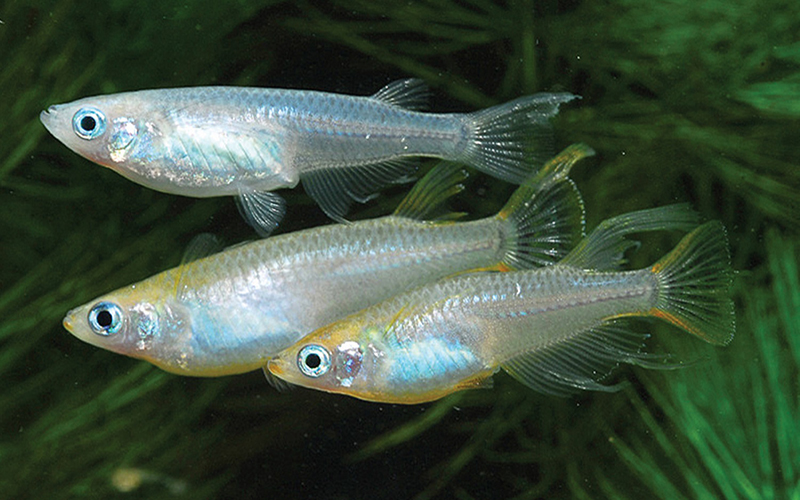
Swallow "Kazemasa" is a killifish that Mr. Yoshito Tsushima, a resident of Aomori prefecture, introduced in 2012. The characteristic of Swallow "Kazemasa" is that a part of each fin is extended longer than the others. Unlike "Matsui's fins" above, each fin of Swallow "Kazemasa" is partially extended.The name comes from the combination of "Swallow," which has the characteristic of randomly branching and elongating soft stripes on each fin seen in the tropical fish "guppy," and "Fuuga," which is Mr. Tsushima's breeder name. To give each fin a more impressive appearance, many of the individuals have a characteristic at the tip. For example, some individuals have two separate tips, and each individual has a slightly different characteristic. There are also some species with different body colors.
Points to keep in mind when mixing swimmers
About Mixed Swimming,Some people often think that killifish can only be kept in the same species, but the real appeal of killifish is in combining them. If you are not particular about this, you can mix any kind of killifish with any other kind of killifish.However, it is best to be careful with killifish of different body types (e.g., Dharma killifish and Hirena killifish). If killifish of different body types are mixed with killifish of normal body type, problems such as inability to eat food may occur. However, there are people who mix killifish of different body types with those of normal body types, so there is no need to be concerned.However, each type of killifish, which is considered a high-end killifish, has its own distinctive appearance and shine, so it is recommended to keep them in a way that allows the enjoyment of each individual (type) rather than keeping them in many different species.
Points about spawning
The point about spawning was explained in the above section that keeping a variety of species is the best part of keeping killifish, and having various species swimming together when spawning will naturally produce killifish with the characteristics of various species. However, that is not always a good thing. For example, mixing red and white killifish can produce pink killifish, but not necessarily red or white killifish, or in the worst case, killifish with a color that is hard to describe. If you want red killifish, you should keep only red killifish because the probability of producing red killifish is much higher,I recommend that you think about what kind of killifish you want when spawning and what color and shape you want your killifish to be born, so that you will have less regret and confusion when raising them and find your own way to enjoy them.If it is just a hobby, I think you will enjoy it more if you stick to the methods that you enjoy, regardless of whether people complain about them. The following page explains the method of spawning and points to note, so please read it as well.
Many people who keep killifish want them to spawn. However, not many people know about spawning and what they need to do to prepare for it. This time, we would like to explain the method of spawning and the points to be noted [...].
After the spawning is over, the fry hatch and are born. There are many things to take care of, such as the fry's food and precautions to be taken. In this article, I would like to explain how to raise the fry and what to do about it. The period of time until hatching is over when the spawning is finished and the eggs are [...]...
Points to keep in mind when keeping fin-length killifish
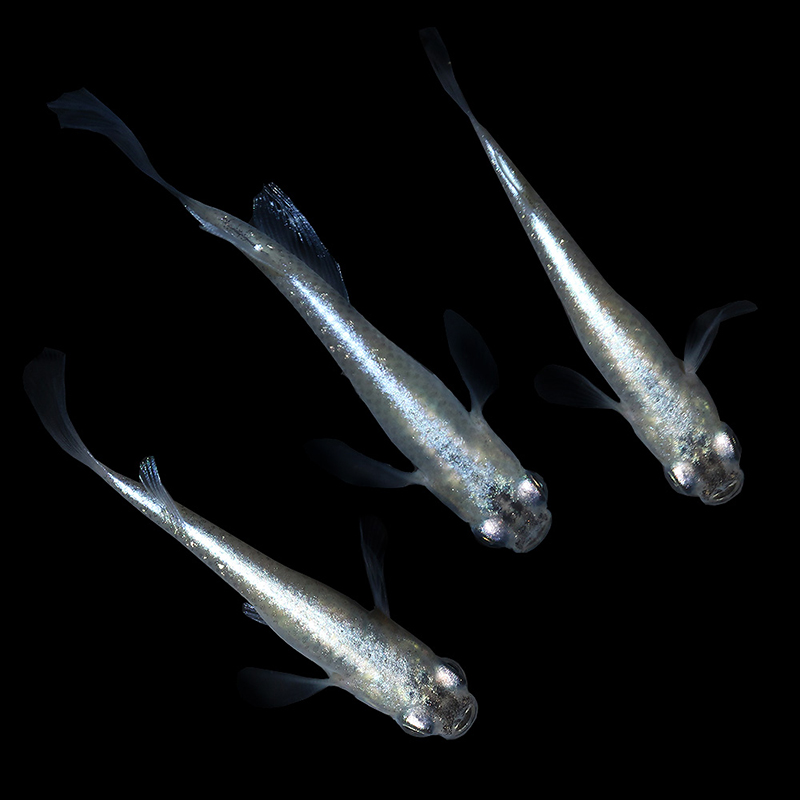
Various types of long-fin killifish are produced, and some specialty stores may sell only one of them. However, all species have the same characteristic of long fins, so you can still enjoy the beauty of their appearance.Among them, "Matsui Hire Naga" and "Tennyo no Mai" are particularly easy to understand and are recommended for those who are keeping long fin killifish for the first time. One thing to keep in mind when keeping "long fin killifish" is that their longer fins are more sensitive to the force of water, and the burden on their bodies has become much greater. Therefore, when keeping killifish, please make sure to keep them in an environment where there is not much water flow.Also, when breeding killifish with long fins, please note that the long fins are classified as a recessive trait among killifish, so it is necessary to select the next generation of killifish by either the F1 method or the F1 and the original parent method according to Mendel's Law, which requires more time and effort than normal medaka breeding. This takes more time and effort than normal killifish breeding. The long-fin killifish has a different beauty than the normal killifish due to its longer fins, so if you have a chance to see it at a specialty store, please do so.


